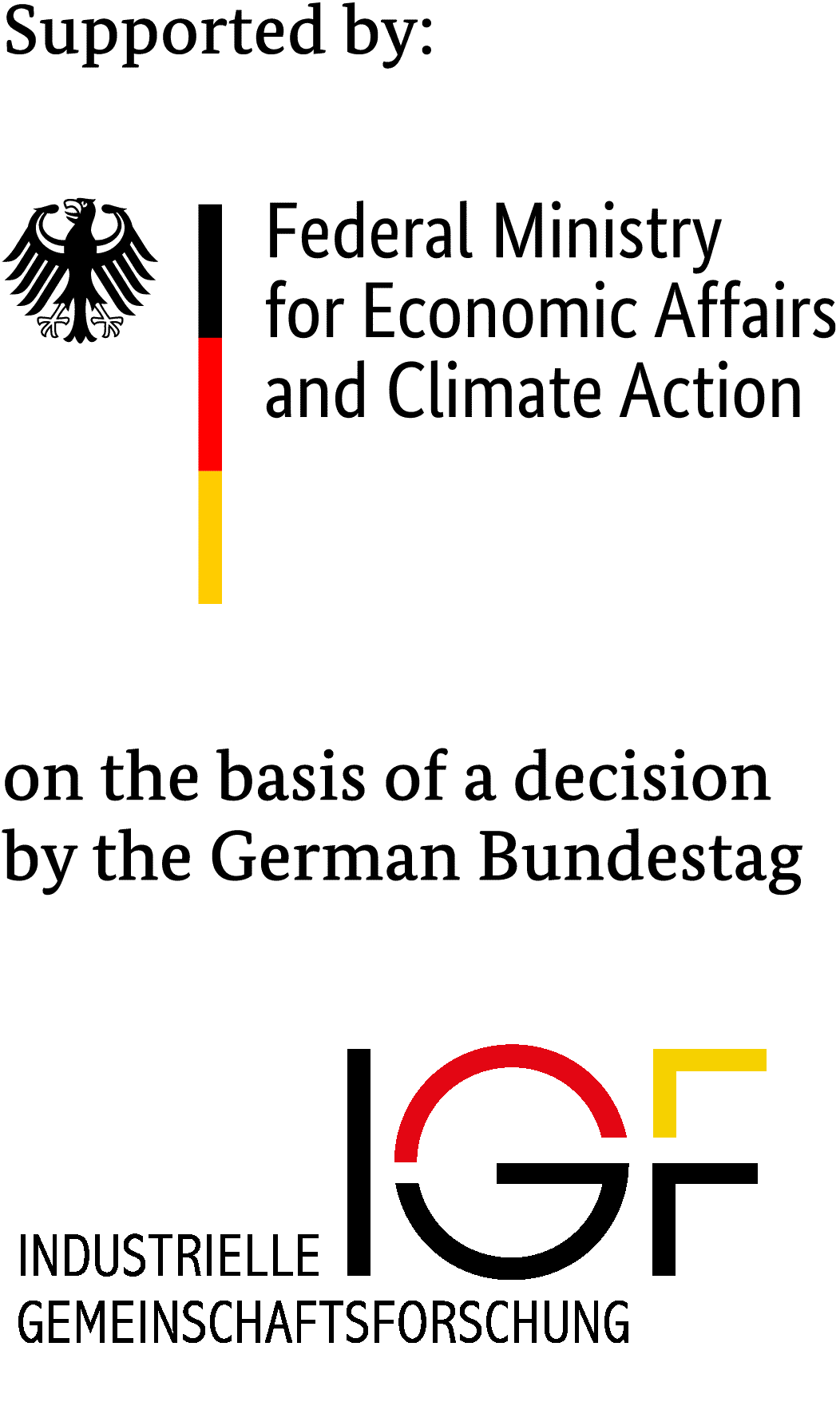Effect of releasable alkalis from aggregates on a deleterious alkali-silica reaction in concrete
The IGF project 21386 N focused on the relationship between the releasable alkali contents from aggregates and possible effects in concrete.
Sponsors

IGF project 21386 N of the Research Association VDZ gemeinnützige GmbH - VDZ Technology gGmbH, Toulouser Allee 71, 40476 Düsseldorf, Germany, was funded by the Federal Ministry of Economic Affairs and Climate Action via the German Federation of Industrial Research Associations (AiF) as part of the programme for the promotion of joint industrial research (IGF) on the basis of a resolution of the German Bundestag.
